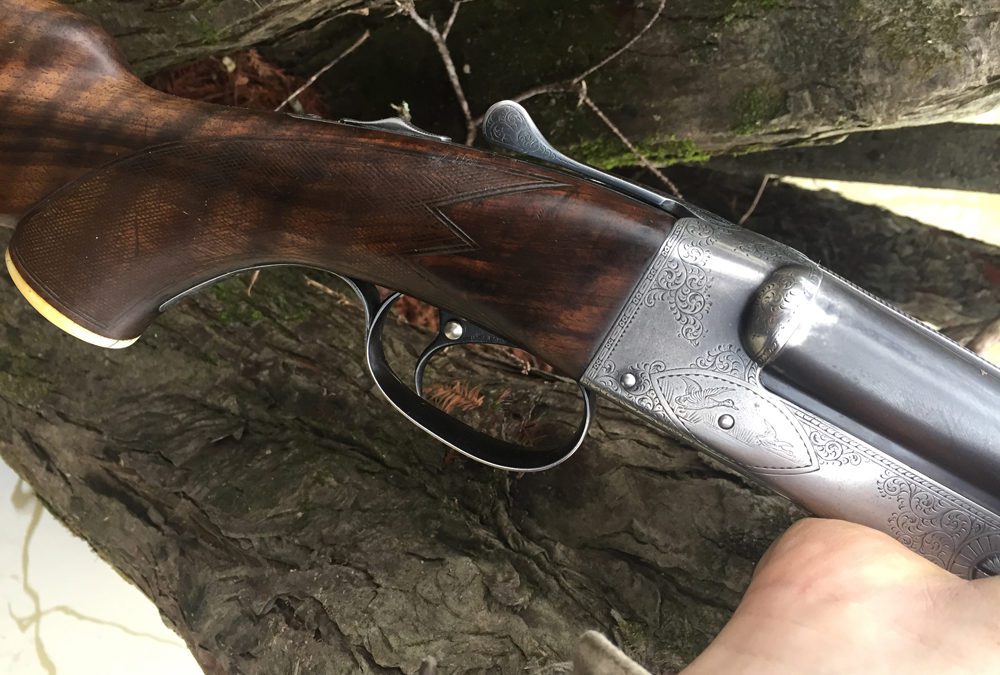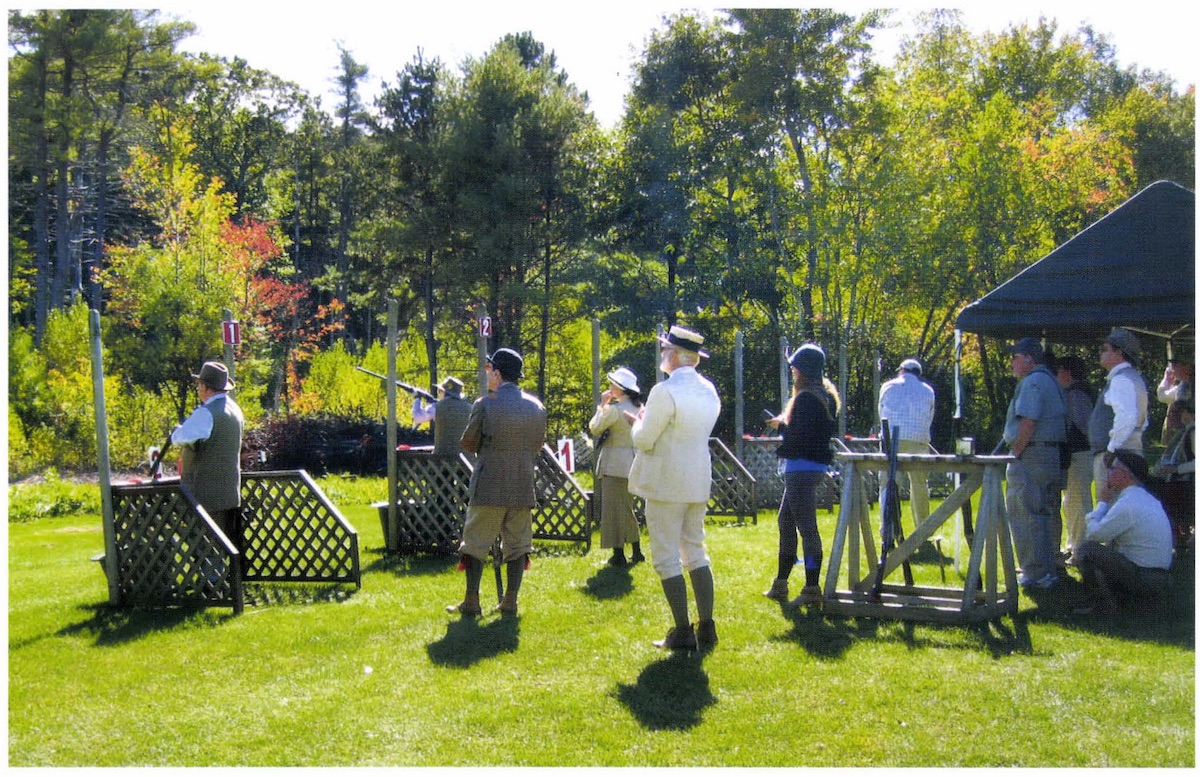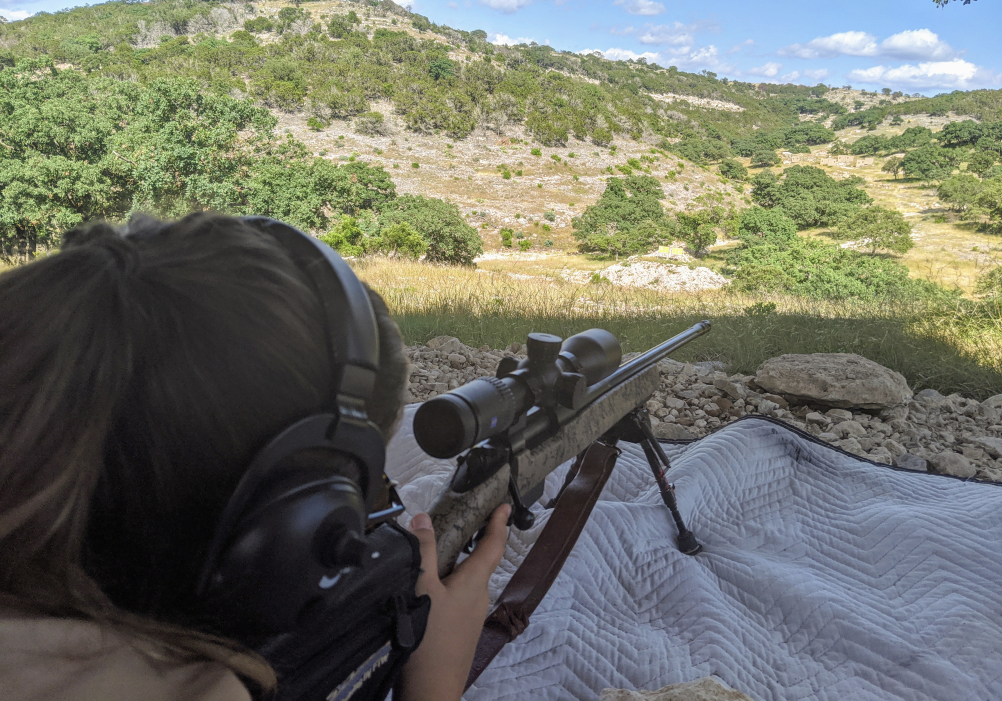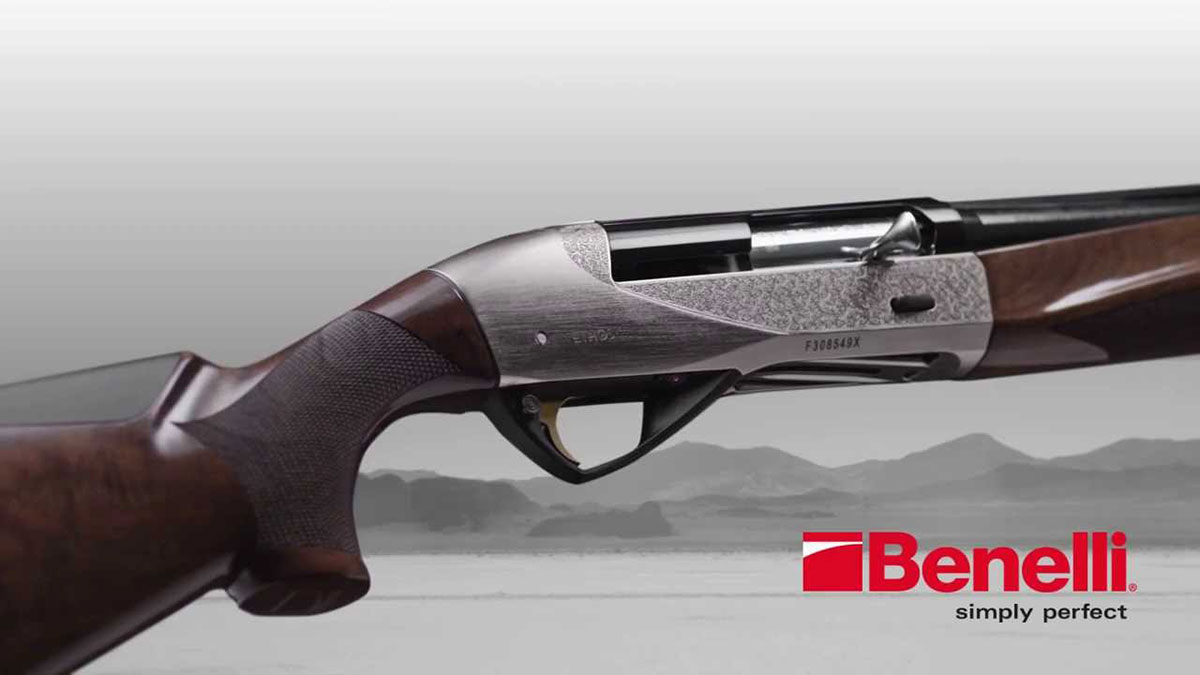
The sporting shotgun has been developed over hundreds of years to put a charge of shot on a close-range moving target as quickly as possible.
It’s impossible to locate a palm swell where it fits everyone, and almost none of them fit me. When that’s the case, I’m forced to either shoot with an annoying hump in the wrong place on the grip or shoot with my hand in an awkward position. Neither is good. These things get the “Old Fuddy-duddy Thumbs Down” (OFTD) award.
The same goes for beavertail forearms, which are just plain clumsy, in addition to vertical hand-grips, optical sights and almost anything labeled “tactical.” Lately, it seems that the terms “cool” and “tactical” have become horribly confused.
The purpose of an offensive or defensive shotgun is ultimately the same as a sporting shotgun. That purpose is to place a charge of shot on a close-range, moving target as quickly as possible. Anything that detracts from its ability to do that is counterproductive.
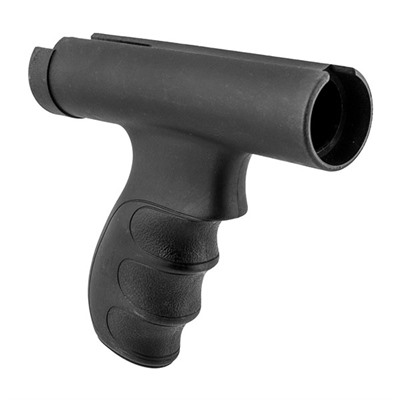
Vertical handgrips are sometimes required for mechanical or legal reasons, but are slower than conventional stocks in most applications.
Vertical handgrips are sometimes required for mechanical or legal reasons, but are slower than conventional stocks in most applications. Again, if you don’t believe it, test the concept yourself. Take two shotguns that are identical except for their stocks. One should have a conventional stock and one should have vertical grips, fore and aft. Shoot them both “against the clock” and you’ll see. I’ve done it and I’ve seen other folks do it, and I’ve never seen the “cool” gun win. Not once.
You can do the same test with an optical sight of your choosing. Better yet, give it the ultimate test by trying to shoot a covey rise using an optical sight. Any optical sight.
It may not seem cool to the younger set, but you always have to keep in mind that the sporting shotgun has been developed over hundreds of years to accomplish one thing—put a charge of shot on a close-range moving target as quickly as possible. That’s why they’re built the way they are. In this context, speed and accuracy are the result of a properly fitted stock and a simple, rudimentary bead for quick, subliminal indexing. Those principles are just as relevant to “tactical” applications as to sporting. And adding a bunch of cool-looking stuff won’t help.

